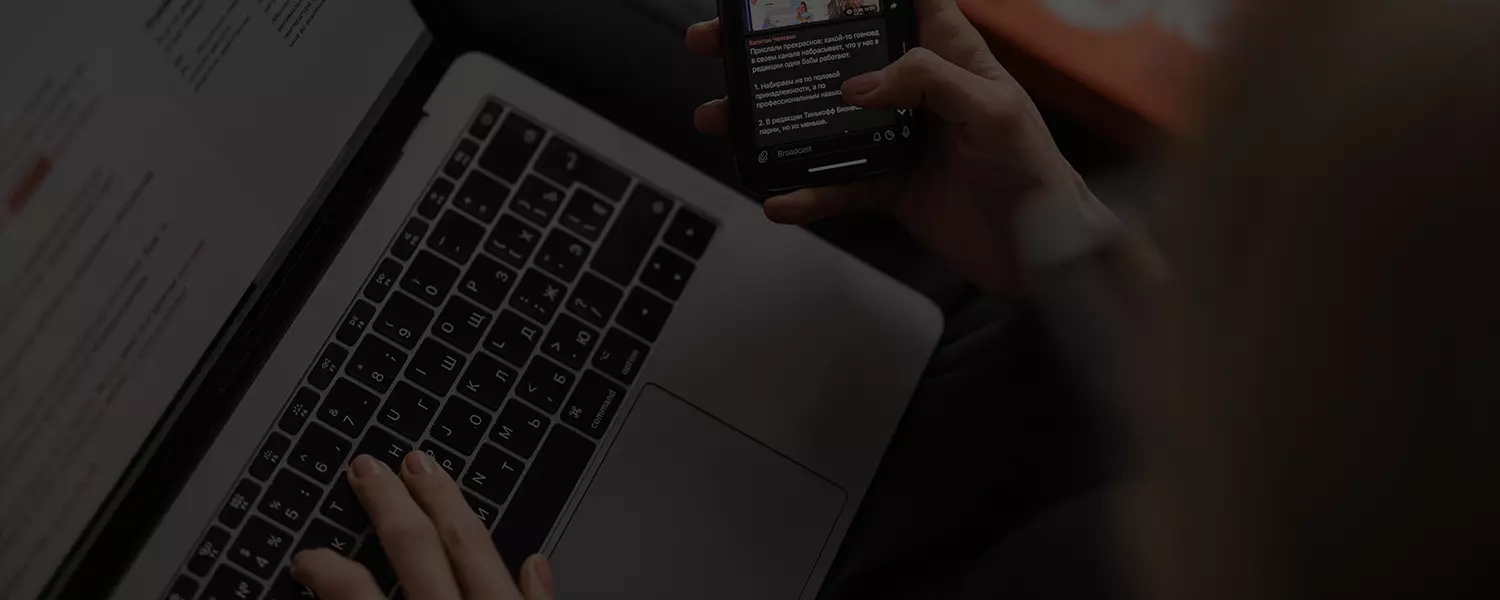
The Essential Guide to Gathering Evidence for Public Liability Claims in Queensland
Navigating the complex landscape of public liability claims can be a daunting task, especially for those who may not have a comprehensive understanding of the legal processes involved. In Queensland, as in other jurisdictions, the success of a public liability claim hinges significantly on the strength and quality of evidence presented. This blog aims to serve as a crucial guide, particularly for residents of Queensland, elucidating the paramount role of evidence in public liability claims and providing practical advice on how to effectively gather and present this evidence.
Ascent Lawyers, with a profound commitment to justice and a wealth of experience in handling public liability claims, is here to guide you through this intricate journey, ensuring that your rights are protected and your case is given the best possible chance of success.
1. Why is Evidence So Important?
In the realm of public liability claims, evidence is not just important; it is indispensable. The crux of any public liability claim revolves around the ability of the claimant to substantiate their assertions and convincingly demonstrate that the negligence of another party led to their injury or loss. It is the evidence that speaks when words fail, painting a clear and undeniable picture of the events that transpired and the damages incurred.
2. The Role of Evidence in Proving Negligence and Liability
To establish a successful public liability claim, the claimant must prove three key elements:
- Duty of Care: The claimant must demonstrate that the party at fault owed them a duty of care. In legal terms, this means that the party at fault had a responsibility to avoid any acts or omissions that could reasonably be foreseen to cause harm to others.
- Breach of Duty: Once the duty of care is established, the claimant must then show that there was a breach of this duty. This is where evidence becomes crucial. Photographic evidence of hazardous conditions, witness statements corroborating the claimant’s account of events, or expert testimony on the standard of care expected in similar circumstances can all serve to prove that the duty of care was not upheld.
- Causation: Finally, the claimant must demonstrate causation, linking the breach of duty directly to their injuries or loss. Medical records, photographs of injuries, and expert medical opinions can all play a vital role in establishing this link.
In the absence of compelling evidence, a public liability claim can quickly unravel, leaving the claimant without the compensation and support they need to recover. Conversely, a well-documented and evidentially supported claim can lead to a swift and fair resolution, ensuring that justice is served.
3. Types of Evidence for Public Liability Claims
Gathering strong and compelling evidence is crucial in building a solid foundation for your public liability claim. In Queensland, as in other parts of Australia, the burden of proof rests on the claimant, meaning that it is up to you to provide sufficient evidence to support your claim.
3.1 Photographic and Video Evidence
Visual evidence such as photographs and videos can be incredibly impactful, offering a tangible and often irrefutable depiction of the accident scene, the hazardous conditions that led to the injury, and the injuries themselves.
- Timeliness: Try to capture photos or videos as soon after the incident as possible, before conditions change.
- Comprehensiveness: Take multiple photos from various angles to provide a complete picture of the scene.
- Detail: Focus on specific hazards or conditions that contributed to the incident, as well as any visible injuries sustained.
- Context: Include wider shots to establish the location and surrounding conditions.
Even if you only have access to a smartphone, the quality of cameras on modern devices means that you can still capture high-quality visual evidence. For more insights, see this article.
3.2 Witness Statements
Witnesses can provide invaluable third-party accounts of the incident, corroborating your version of events and lending credibility to your claim.
- Promptness: Approach potential witnesses as soon as possible while their memories of the event are still fresh.
- Politeness: Be respectful and courteous, understanding that providing a statement is voluntary.
- Clarity: Clearly explain why you are seeking their statement and how it could assist your claim.
- Documentation: Obtain written statements and ensure you collect their contact details for any potential follow-up or verification.
3.3 Official Reports and Documentation
Official reports and documentation can serve as authoritative evidence, providing a formal account of the incident and its aftermath.
- Police Reports: If the police attended the scene of the incident, obtaining a copy of their report can be valuable. More on police reports can be found here.
- Incident Reports: If the incident occurred in a public place like a shopping center, there might be an official incident report.
- Property Records: These can help establish ownership or responsibility for the maintenance of the location where the incident occurred.
To obtain copies of these reports, you may need to contact the relevant authorities or organizations, providing any required information and potentially paying any associated fees.
3.4 Medical Records and Bills
Medical documentation is crucial in establishing the extent of your injuries and the medical treatment required.
- Medical Records: These should detail the injuries sustained, the treatment provided, and any ongoing medical issues.
- Bills and Receipts: Compile all bills related to medical treatment, prescriptions, and any other costs incurred as a result of your injuries.
4. Preserving and Organizing Your Evidence
4.1 Keeping a Detailed Record
Maintaining a chronological record of events and evidence is paramount in building a solid case. This record not only helps in keeping track of all the details related to your case but also plays a critical role in presenting a clear and compelling narrative to support your claim.
4.2 Preserving Physical Evidence
Physical evidence can be crucial in a public liability claim, but it is also the most susceptible to deterioration or loss. Therefore, it is imperative to take steps to preserve any physical evidence that might be pertinent to your case.
- Immediate Action: Take immediate steps to preserve any physical evidence. For example, if your clothing was damaged in the incident, ensure it is kept in the same condition and does not get washed or discarded.
- Secure Storage: Store the physical evidence in a secure location, protected from elements that could lead to deterioration.
- Photographic Documentation: In addition to preserving the physical evidence, take photographs of the evidence to have a digital record. Additional insights on the importance of evidence can be found in this article.
5. Conclusion
Compiling robust evidence is a critical step in the success of any public liability claim in Queensland. As detailed in this blog, there are various types of evidence that can significantly strengthen your case. Remember, the team at Ascent Lawyers is always ready to assist you with their expertise in public liability claims. For a free initial consultation and to learn more about our No Win No Fee arrangements, please visit here.







